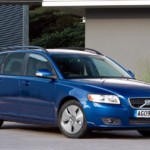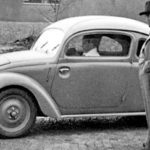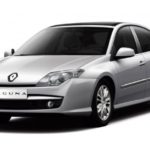Development of car headlights over time
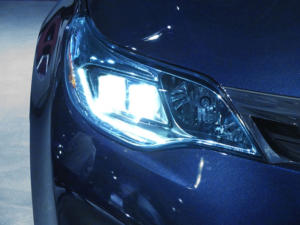
Headlights
Car headlights consist of lighting and signaling parts, and are located on the front and rear of the car, and sometimes on the side and roof of the car. The purpose of the entire car headlight system is to illuminate the road on which the vehicle is moving after dark or difficult road conditions and to give other road users information about where the vehicle is, in which direction it is going, how big it is and how intentional the driver is. considering which direction he wants to move.
Nowadays, there are hundreds of types of car headlights, whether in terms of shape or performance, but it is also a great choice when it comes to light shades. But if we asked a few drivers about the history of headlights and how they evolved and reached the point of perfection or at least close to the point of perfection they are at today, few would know the answer even though we are a little over a hundred years old.
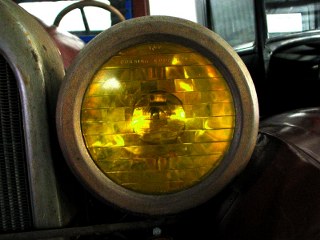
Namely, the first cars used fuel lights before electric lights were invented. For example, the Ford Model T used a carabiner for the headlights, and oil for the rear, and so it was in the first cars. Somewhat later, more precisely in 1908, a dynamo for headlights on cars was introduced, and that was the standard part on cars in the 1915s. The last car headlights and brake headlights were introduced in 1936, and many years passed before the invention of closed reflector cartridges with built-in light bulbs, which is actually the real forerunner of car headlights as we know them today. More precisely, such reflectors began to be installed in cars in 1945, and from the XNUMXs onwards, they became the standard for vehicles. At the same time, car headlights were developed that turn on and off at the same time as the car itself, and by XNUMX the headlights became an integrated part of the vehicle, so they did not protrude outwards and stood out especially in the shape or place where they were installed.
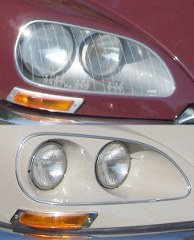
Of course, the history of car lighting did not stop there, but took great strides forward. All this mentioned so far in the history of car lights happened across a big pond, that is, in the United States, and that is not surprising since the first car was invented right there. But in 1960, halogen lighting for vehicles was invented in good old Europe, and in 1991, HID lamps for cars began to be produced.
HID lamps are High-intensity discharge lamps or high-discharge lamps. They are most often used on more expensive and luxurious cars, and their main feature is the intense light and its bluish-white color. When these HID lamps appeared, they were available only to the wealthiest car owners, but today the prices are becoming more and more acceptable. This technology creates a crystal clear light created by an electric arc between the two electrodes, which ignites a gas called xenon and it is located inside the bulb itself.
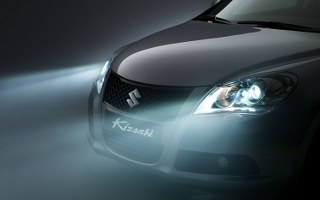
HID car headlights will be chosen by many for aesthetic reasons that do not need to be overly explained. However, many also take them for safety reasons, because the space lit by these lights is much more transparent, which means that traffic safety is increased. Nowadays, HID bulbs are considered a safety feature on a car, such as an air bag or a ABS. For example, HID light is about three times as bright as ordinary halogen lamps on cars. Experience has also shown that HID car headlights are more durable than ordinary halogens.
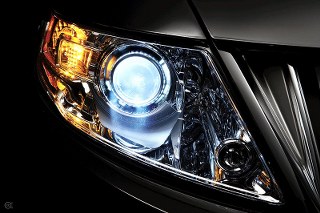
However, the story of lighting on vehicles does not stop here yet, because with the entry into the new, 21st century, LED lighting is starting to be installed in cars. LED car headlights are actually the pinnacle of lighting technology and today are installed in vehicles just coming out from under the hammer. This is a step forward from HID bulbs and LED bulbs are even more economical and offer even better road lighting.
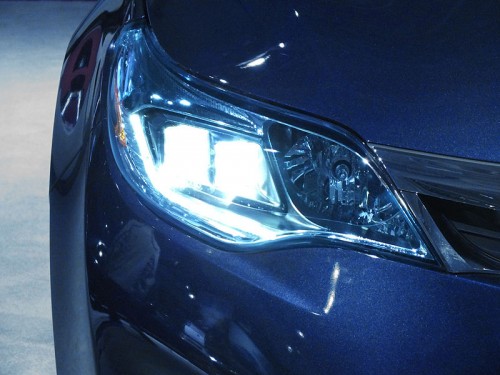
LED means light-emitting diode or light emitting diode, for their optimal operation no heating is required, but they work immediately at full capacity, save energy, have a longer lifespan, and all this makes them an excellent material for installation in modern cars.
The color of the headlights has been standardized according to the convention for decades, more precisely the first was signed in 1949 in Vienna, it was called the Vienna Convention on Road Traffic, and later everything was confirmed in 1968 by the United Nations Convention on Road Traffic. Globally, with some small regional changes, the lights that light up behind the car must be red, the lights on the side and which serve to signal the direction of the turn must be yellow, the lights that are in front must be white or yellow and no other color is allowed except on emergency vehicles.
Recommendation of similar texts:

Hi there, I am Mladen and I am an auto enthusiast. I started this blog years ago to help like minded people share information about latest cars, car servicing ideas, used car info, exotic cars, and auto technology. You will find helpful articles and videos on a wide variety of cars - Audi, Mercedes, Toyota, Porsche, Volvo, BMW and much more. Ping us if you have anything cool to share on latest cars or on how to make older cars more efficient, or just want to say hi!


